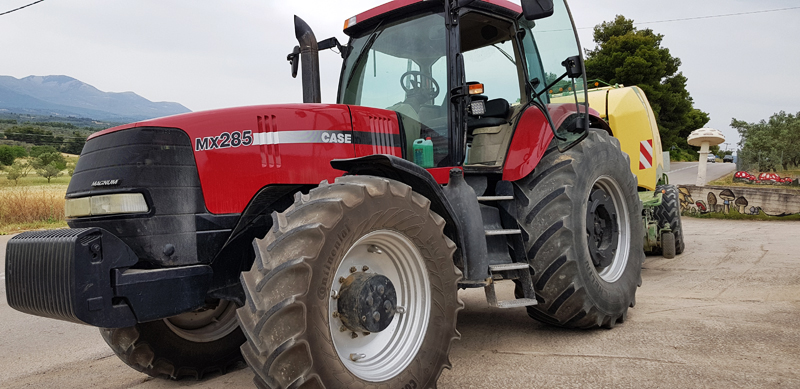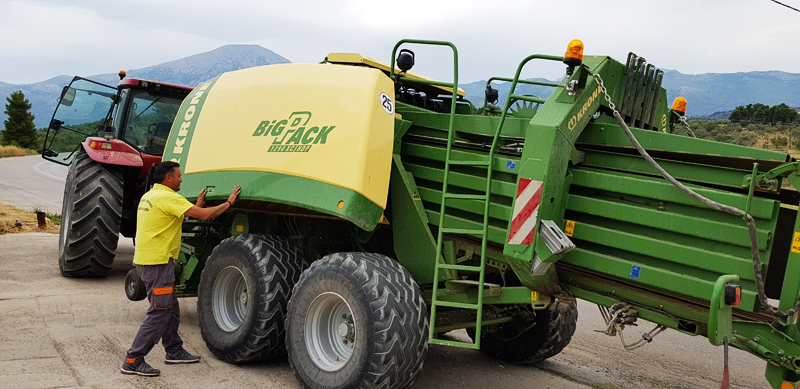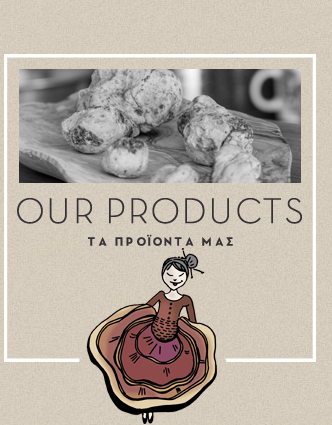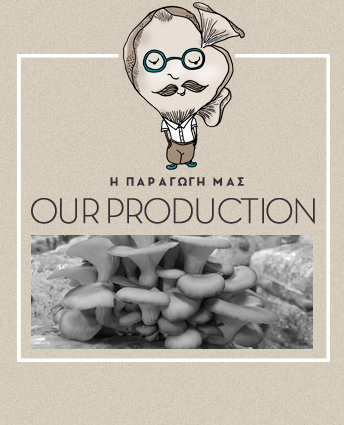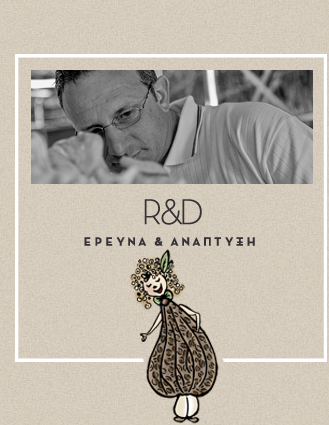Raw materials
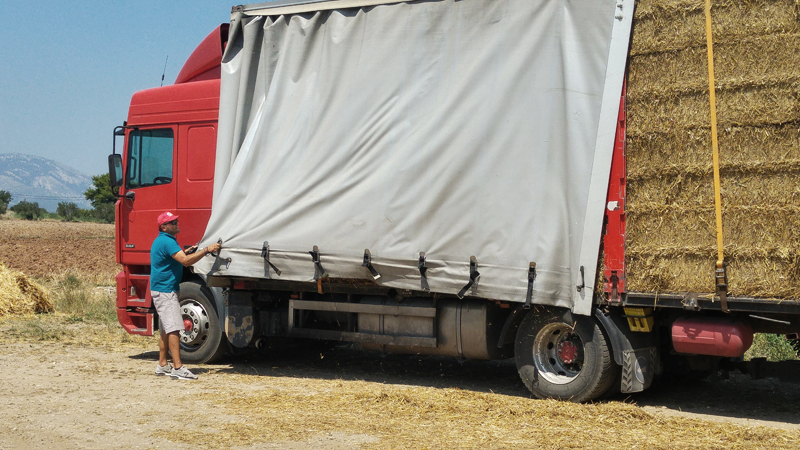
The production of DIRFIS MUSHROOMS is environmentally and socially responsible. Through our methods and procedures, the company constantly strives to increase the efficiency with which natural resources are used to meet human demands for its products and services. IT promotes a more sustainable lifestyle for its customers by adopting an ecological perspective, avoiding harmful emissions to the environment, making efficient use of energy and sustainably produced resources, and creating a circular economy of raw materials and recycling.
Our Production
Wheat straw collection. In nature, mushrooms feed on decomposing organic waste (leaves, wood, etc.). This allows them to return inorganic elements and humus to the ecosystem, which are essential for plant nutrition. Wheat straw is an organic material comparable to that found by mushrooms in nature. Furthermore, it exists in significant quantities and has a rather stable composition and structure. Every summer, we use our equipment to collect the highest quality wheat straw from various fields in central Greece to create the foundation for a successful substrate. We apply strict standards to this straw, including on-site sample testing and physicochemical analysis in accredited laboratories. Second cutting of alfalfa hay before flowering. It is an essential ingredient for enhancing and increasing the nutrient content of the substrate, completely environmentally friendly and completely replaces chemical fertilization. Mycelium spawning. In March 1931, James W. Sinden received a patent from the US Patent Office for his method of creating mushroom spawn. After injecting mushroom mycelium into a sterile grain ovule, the ovule will be created. DIRFIS MUSHROOMS uses the same fundamental process that is still used to produce the spawn today, 86 years later. In addition to collaborating with the largest spawn production company in the world, DIRFIS MUSHROOMS also participates in evaluation programs for new hybrids prior to our introduction into commercial production. Depending on the needs, the habitat, the characteristics of the sporocarps (fruiting bodies) they produce, etc., the strains are divided into various groups. We often use the hybrids: Helios, 3253, HK35, KRYOS Fotius among others.
